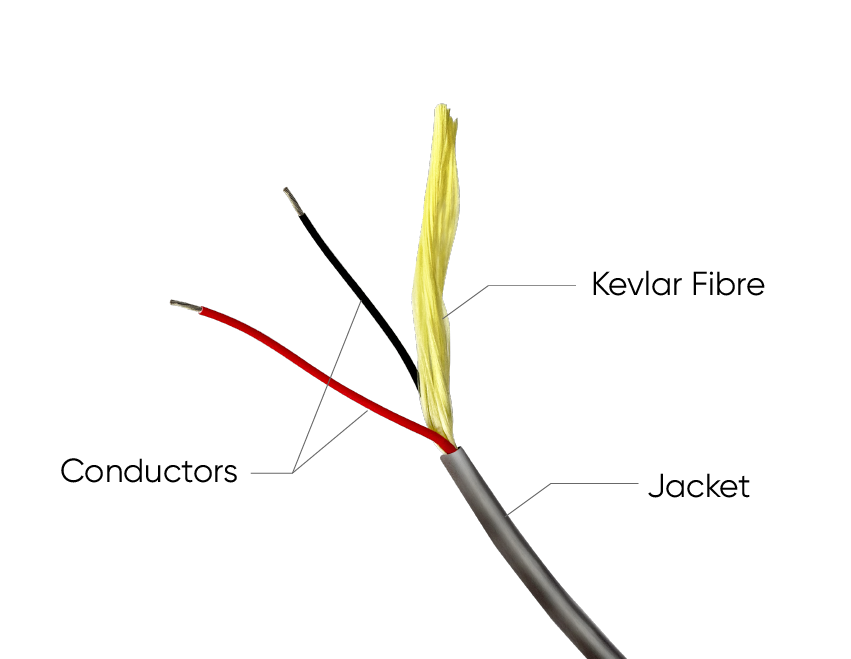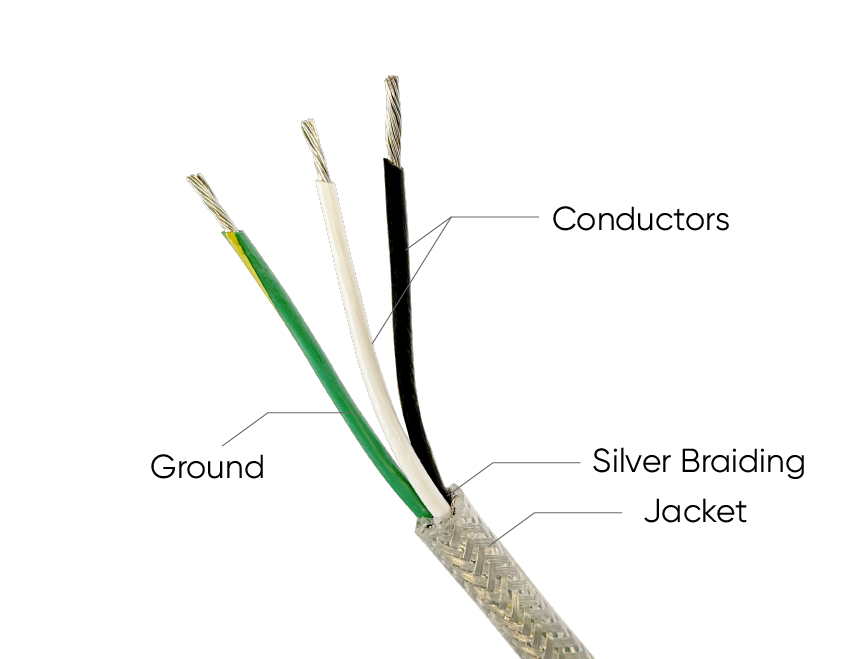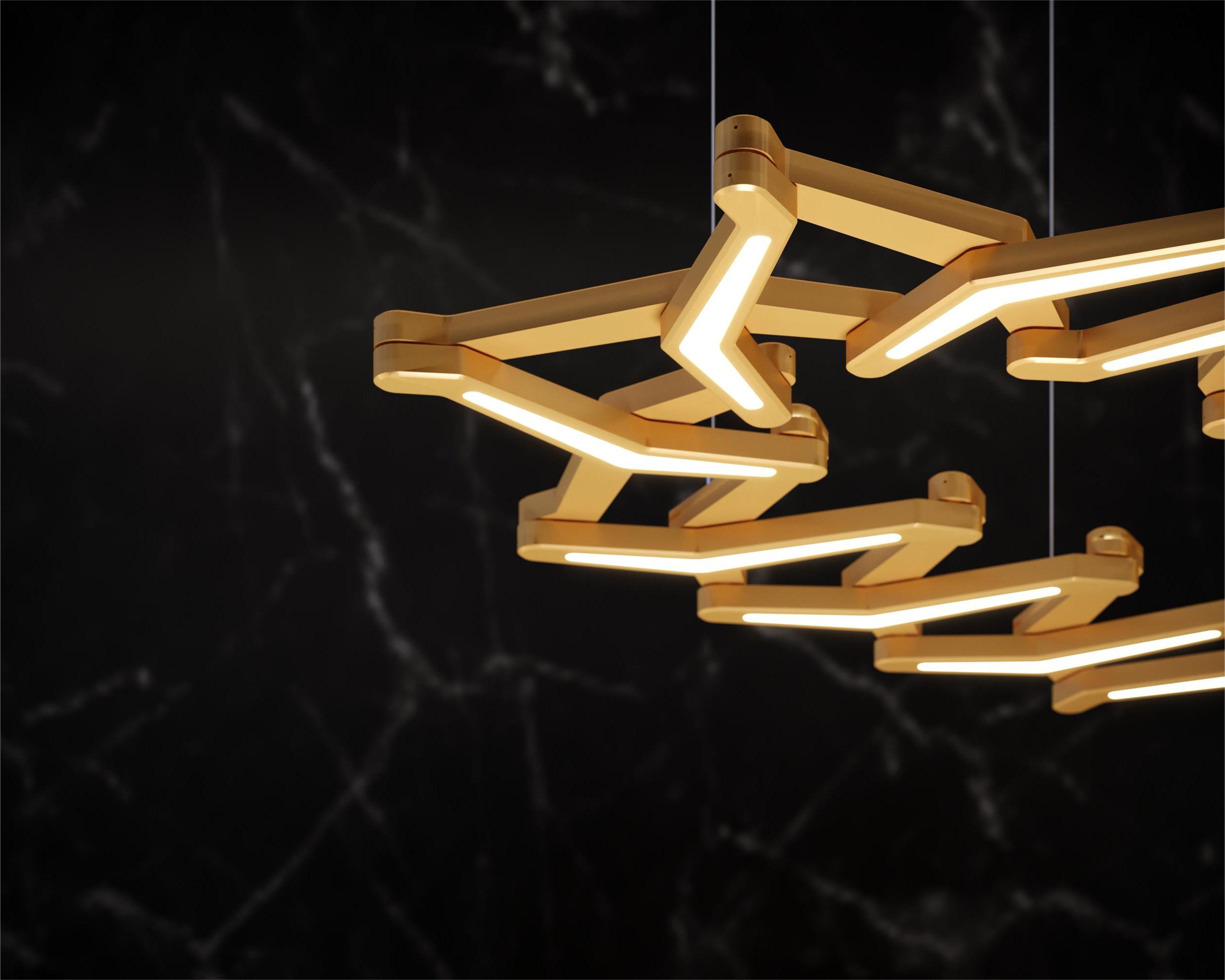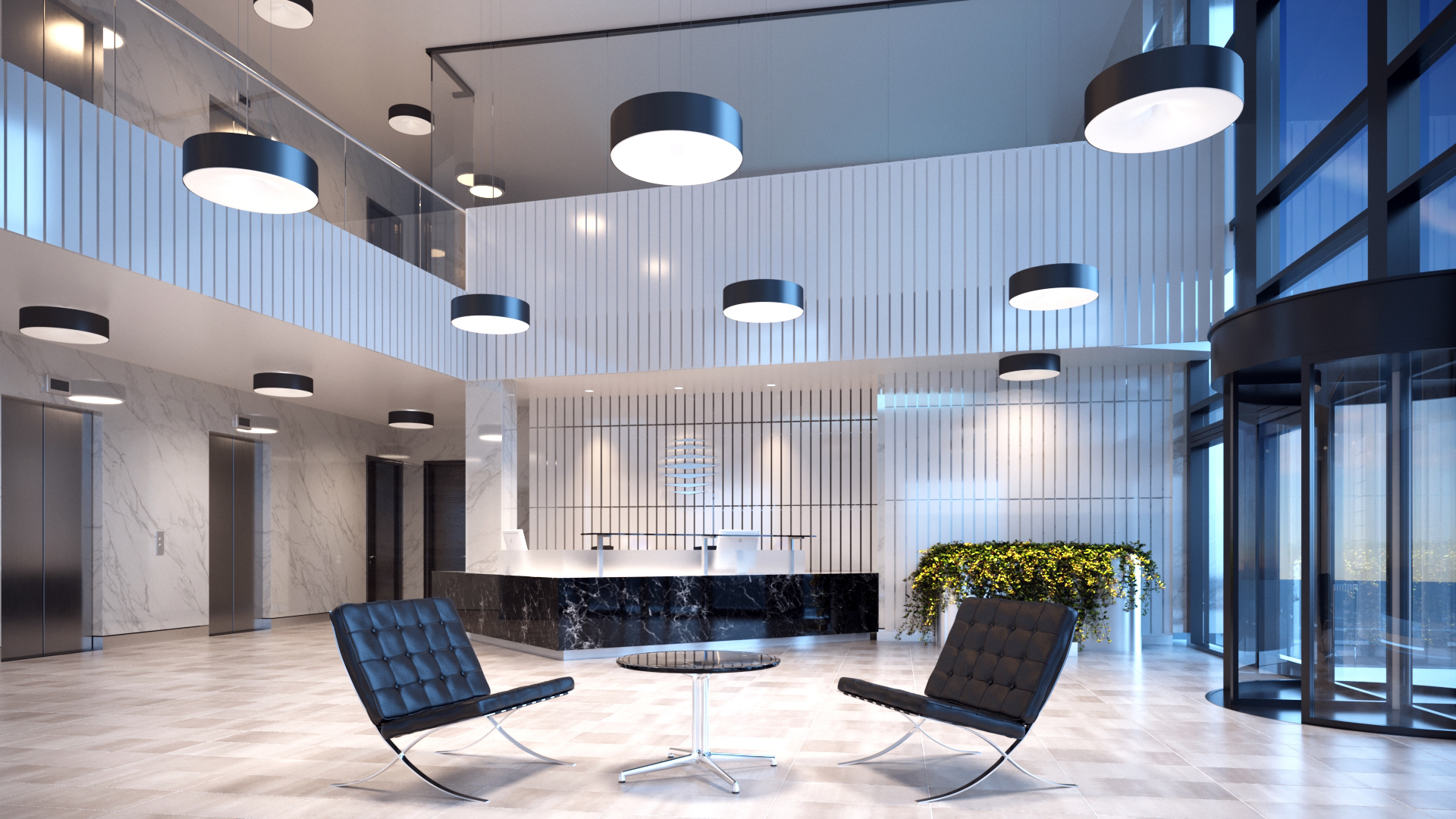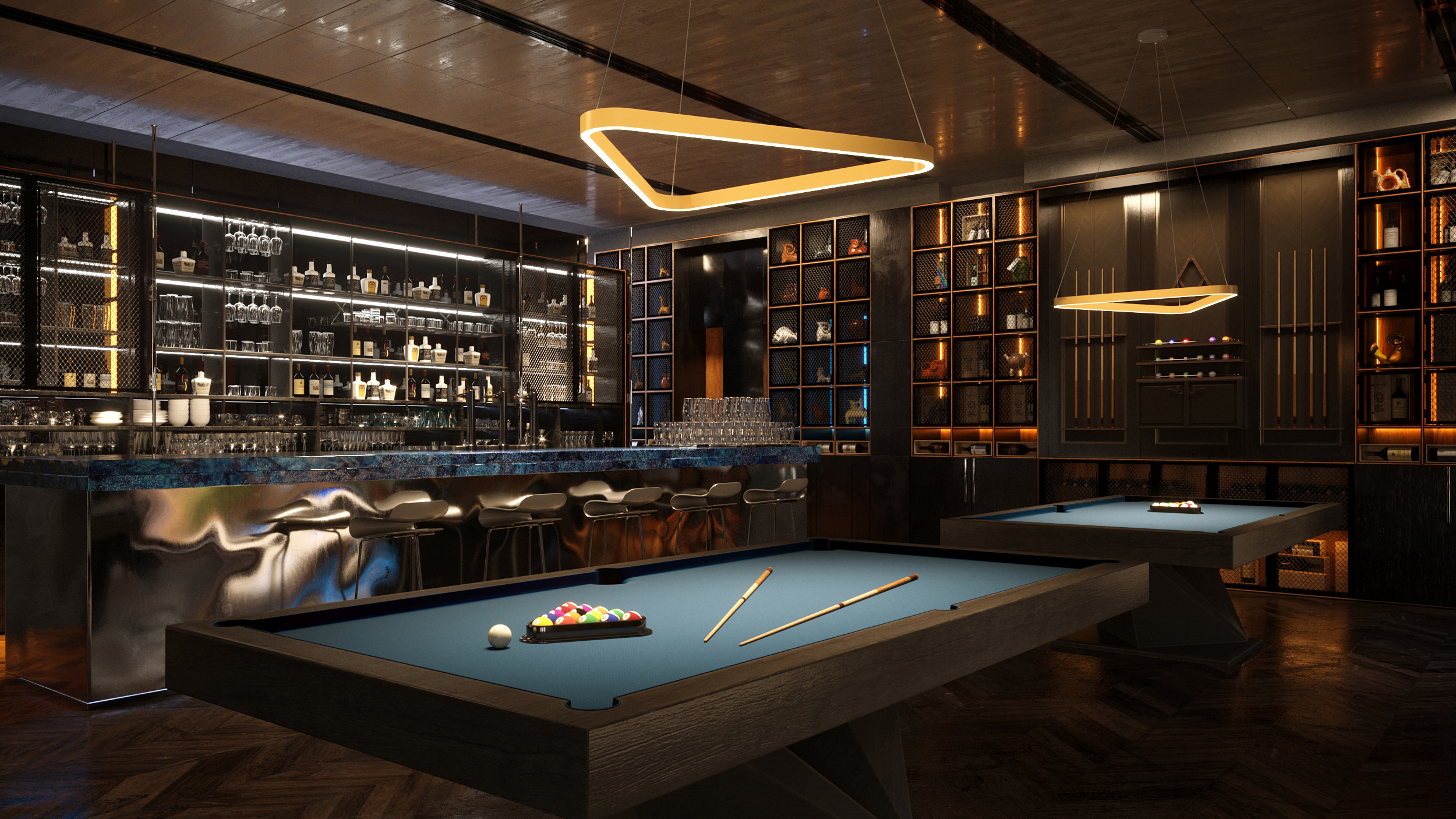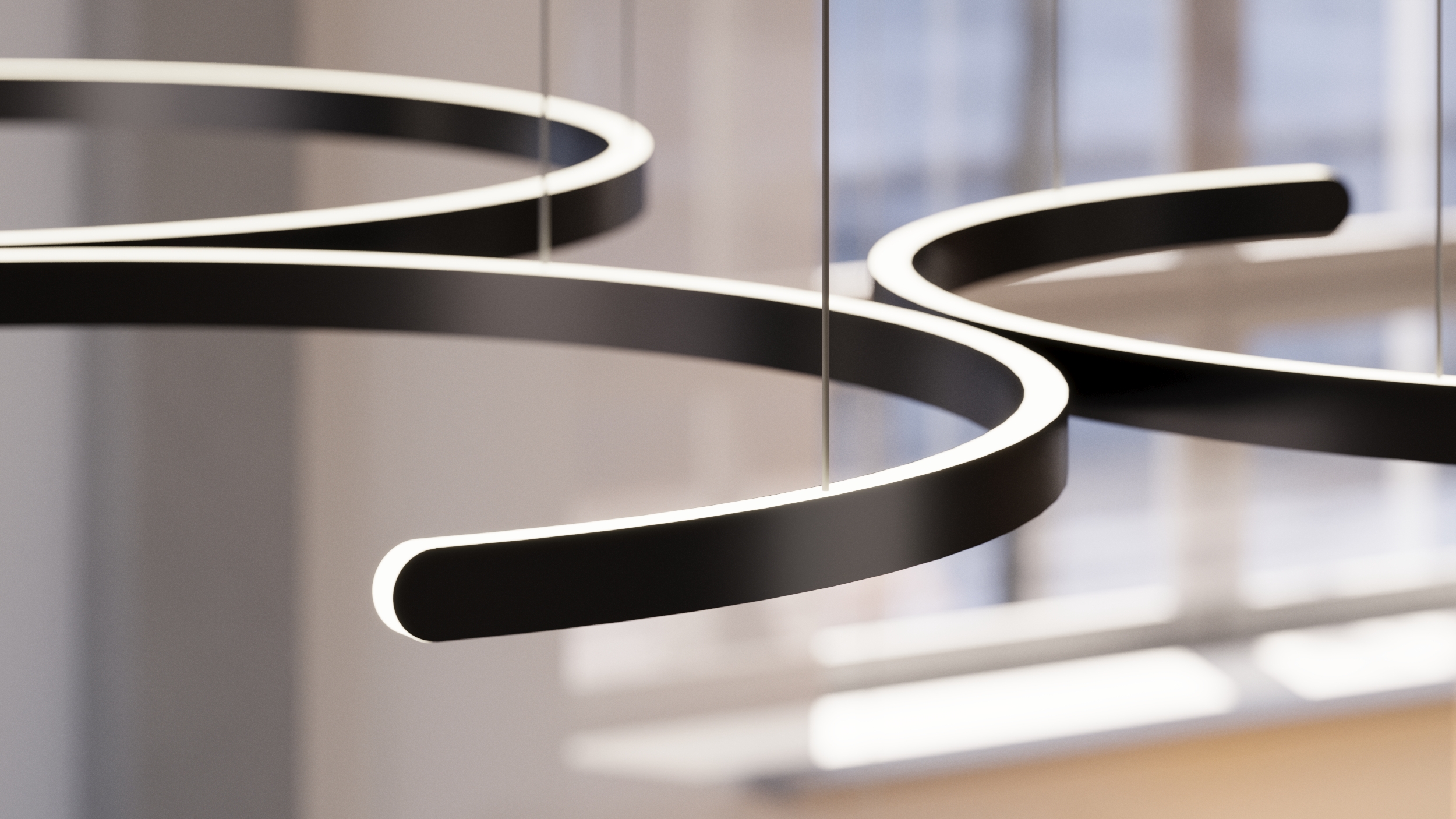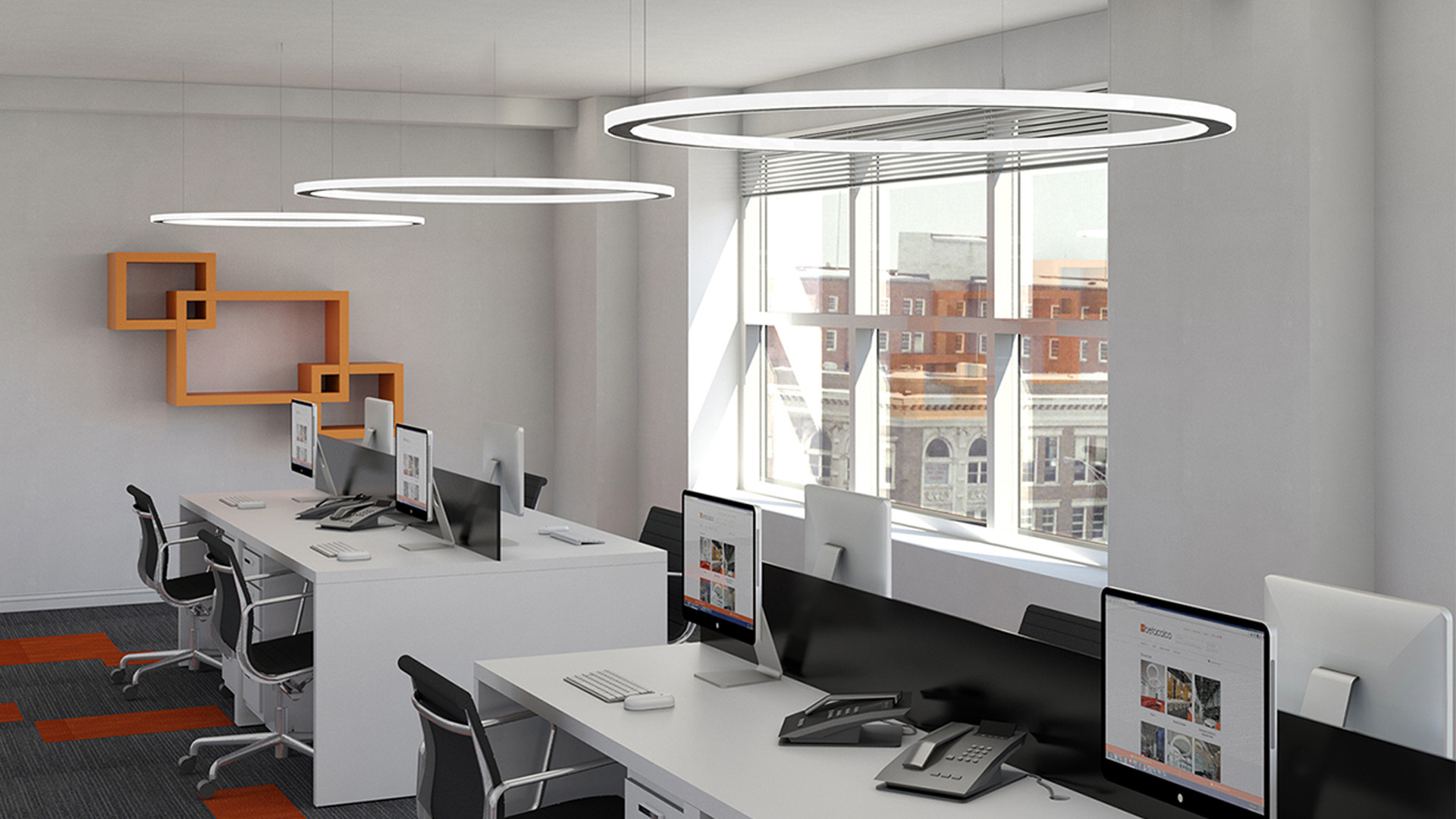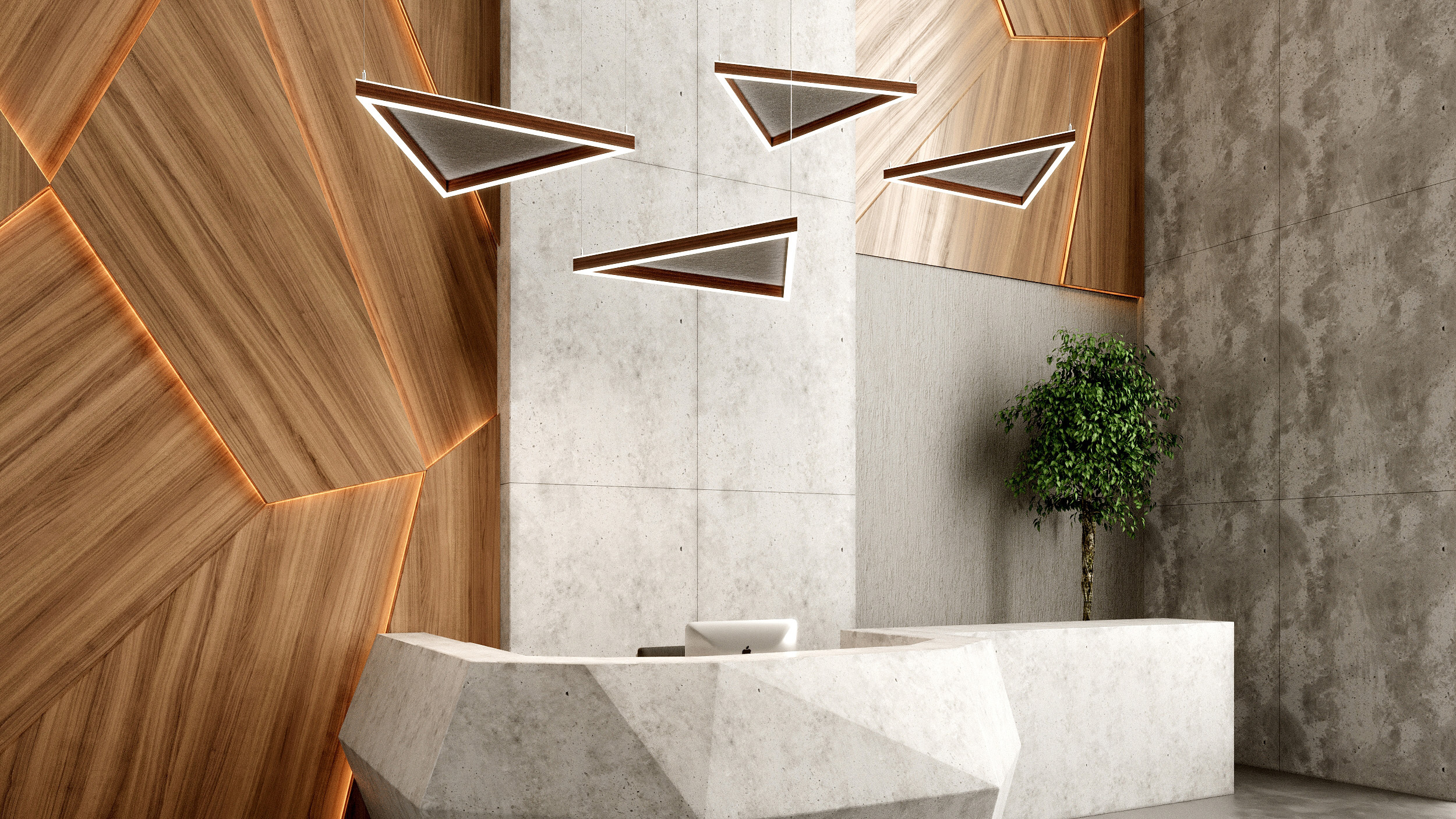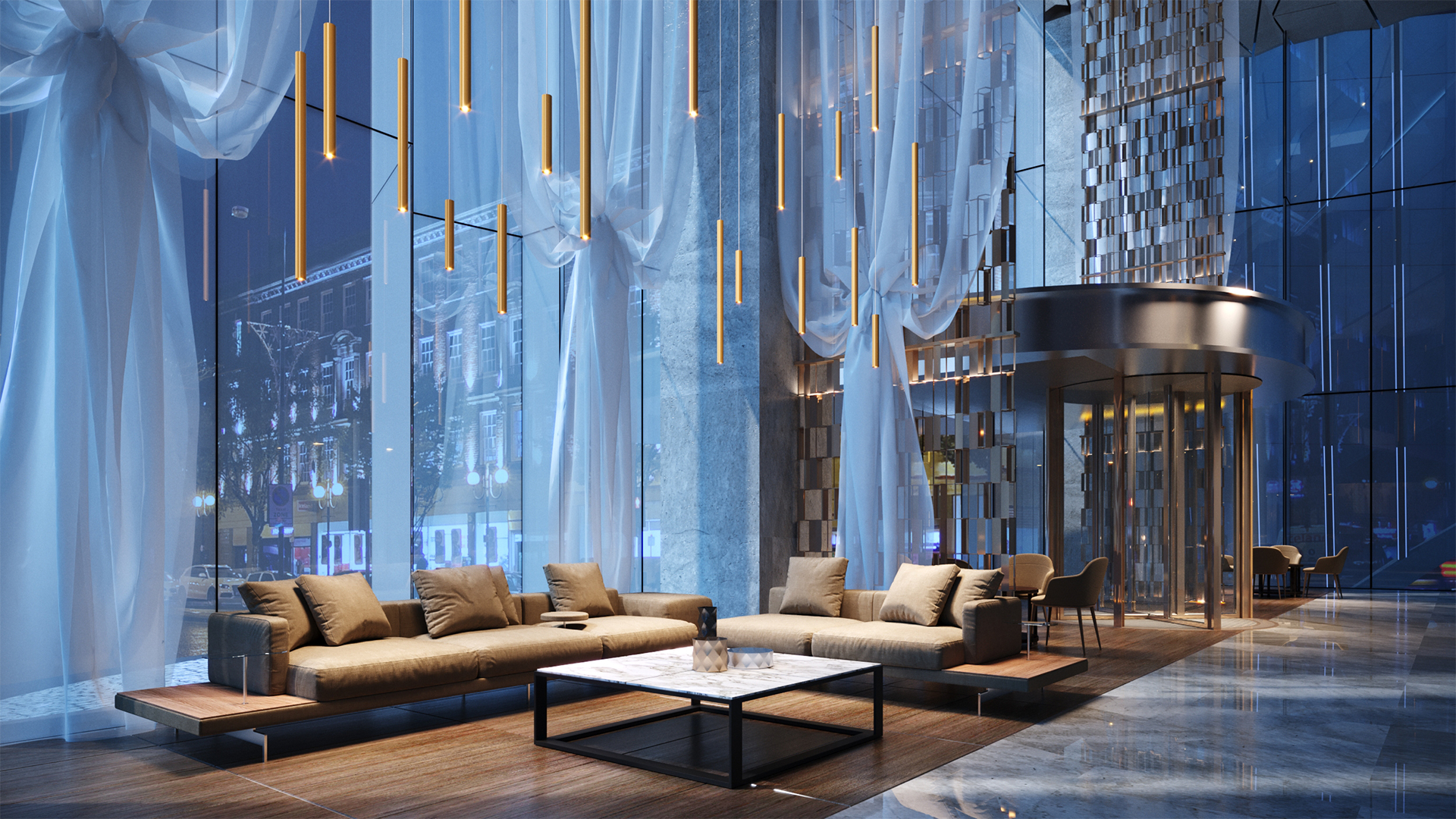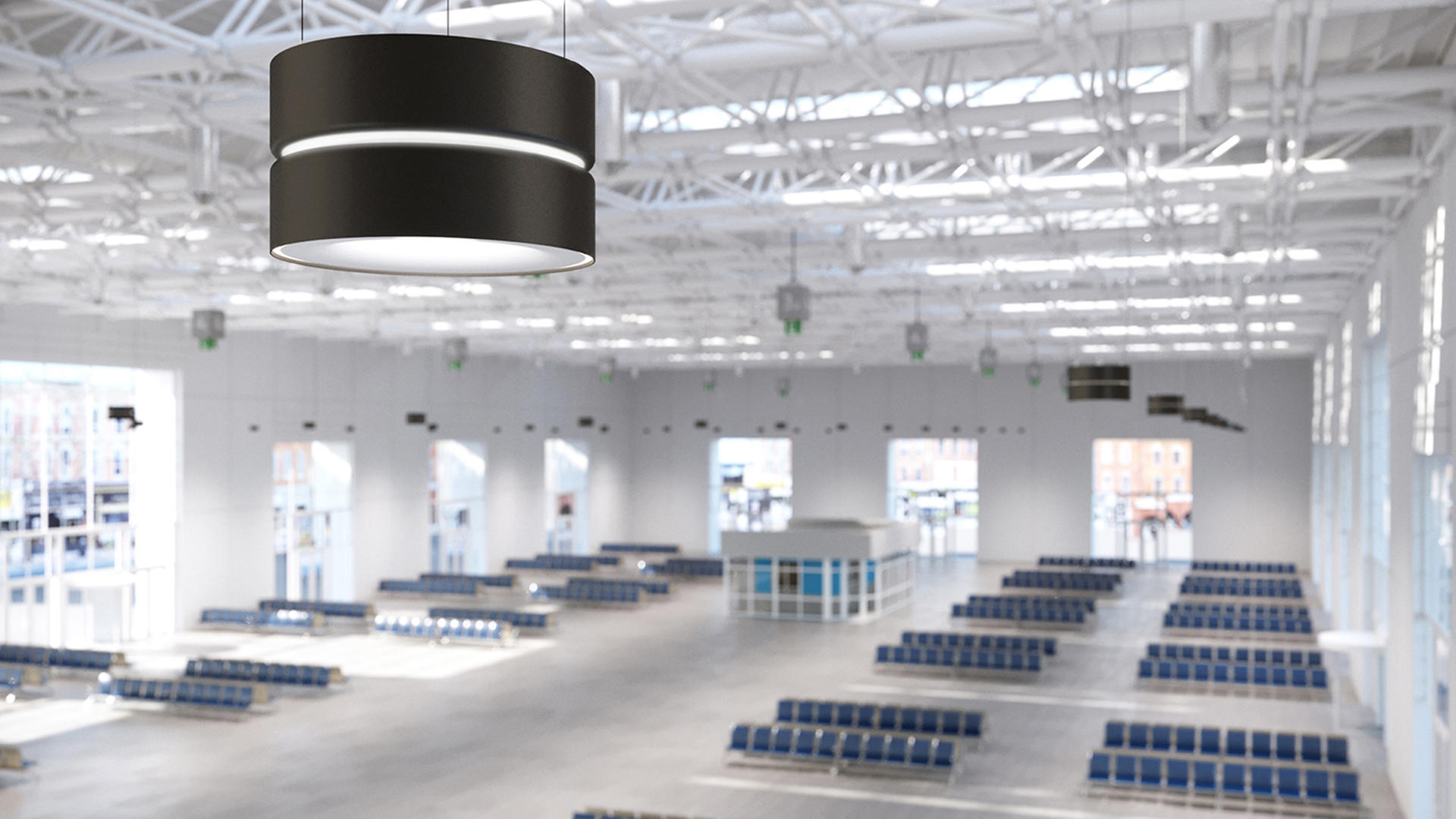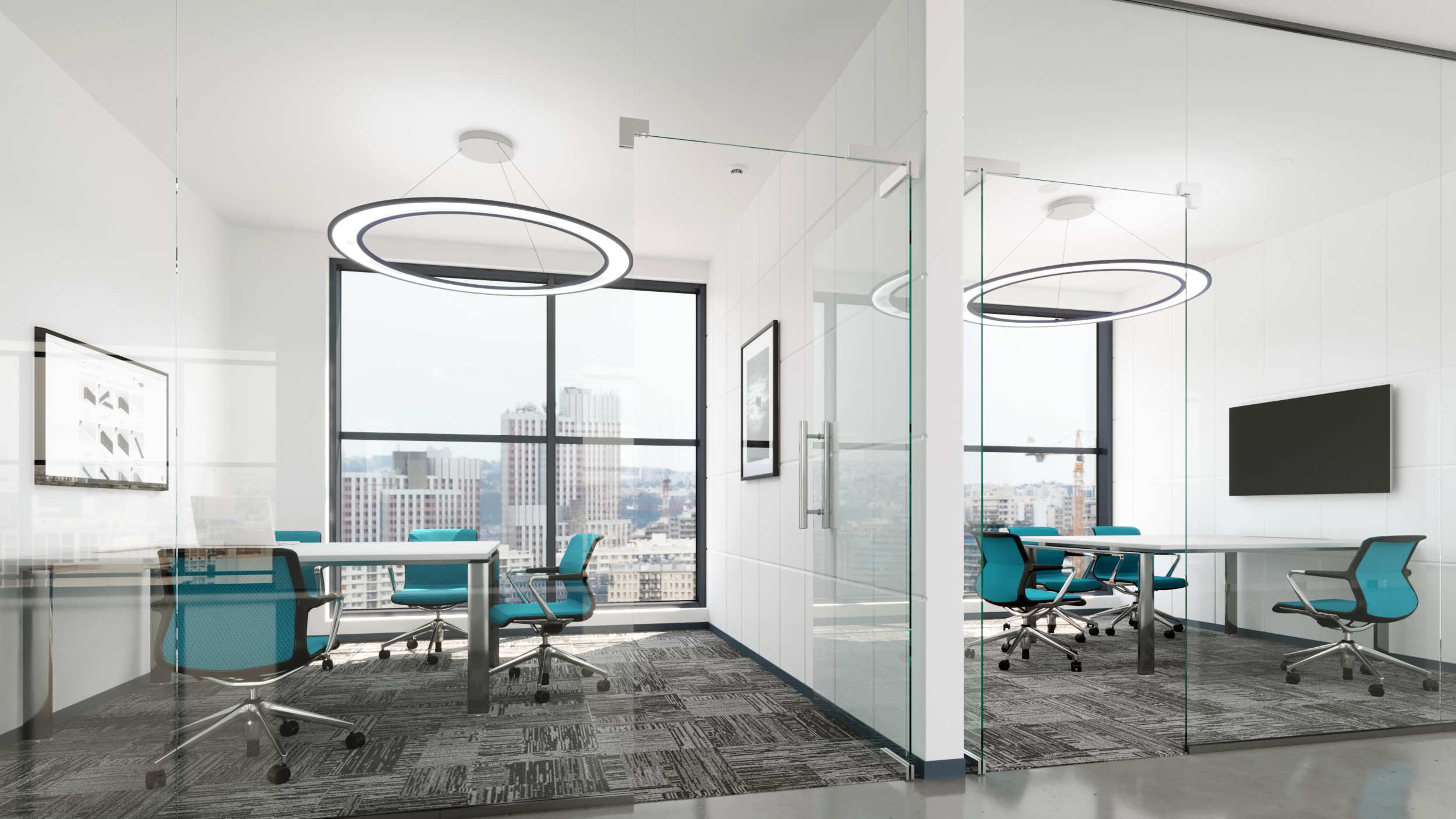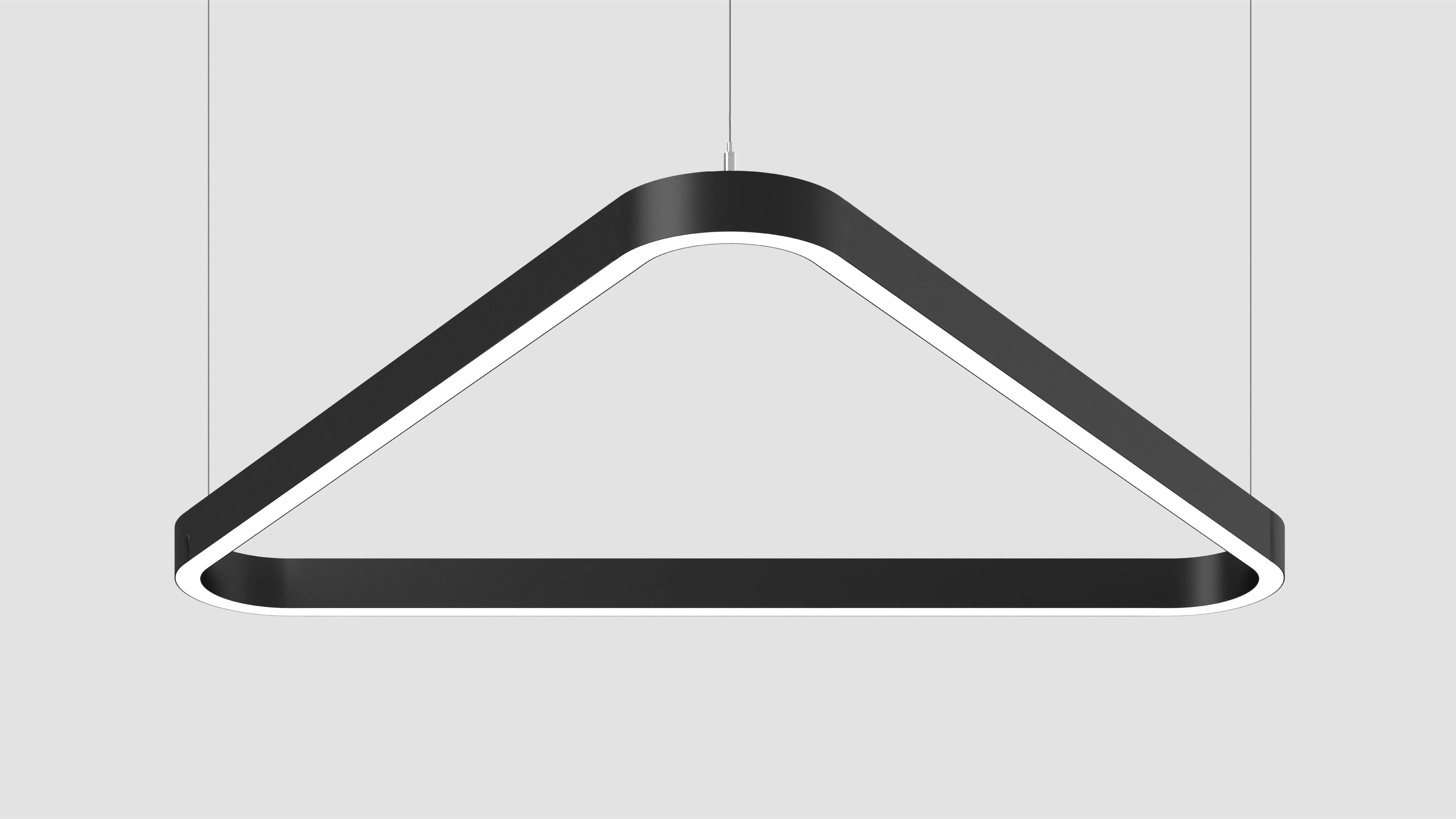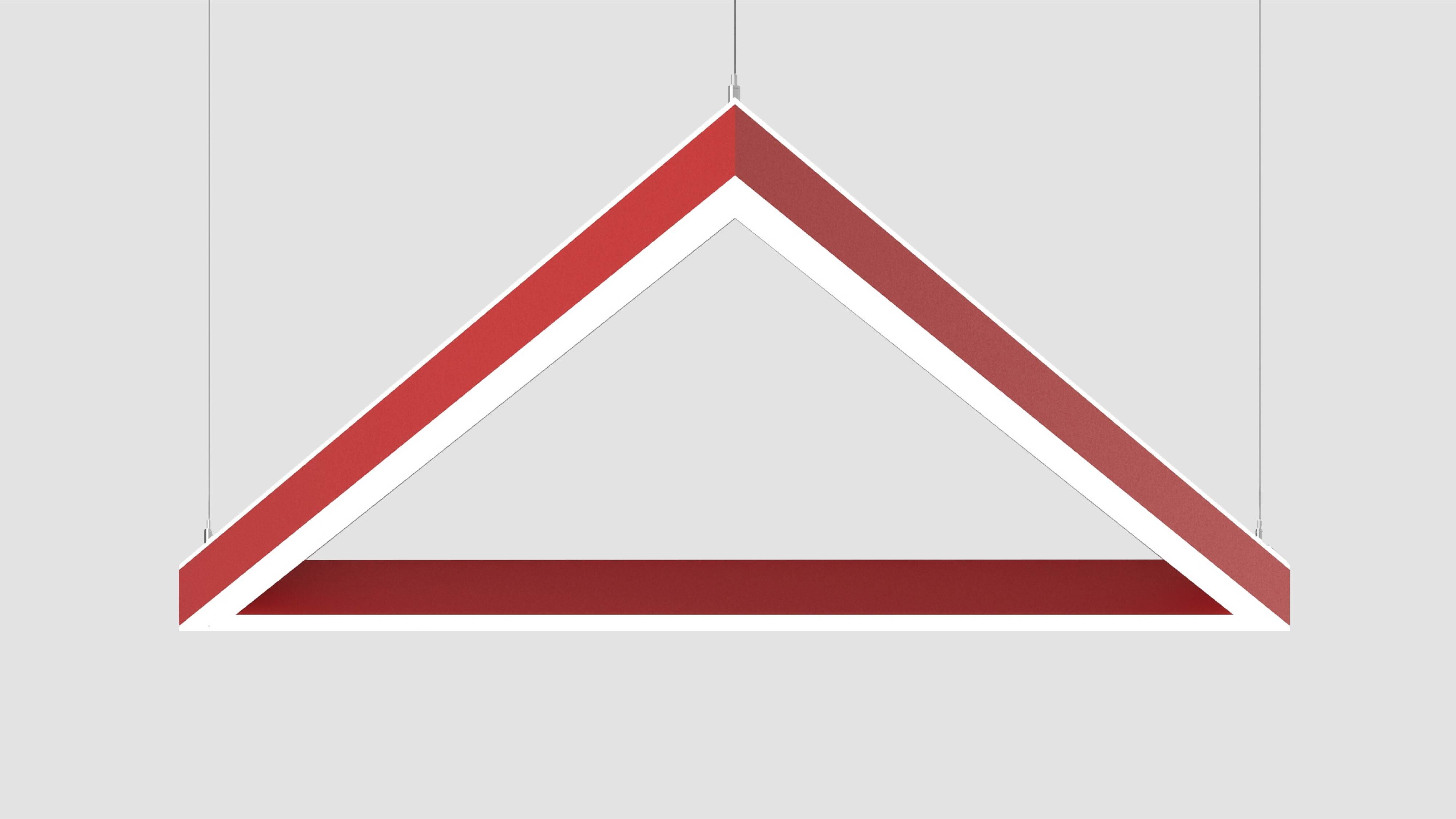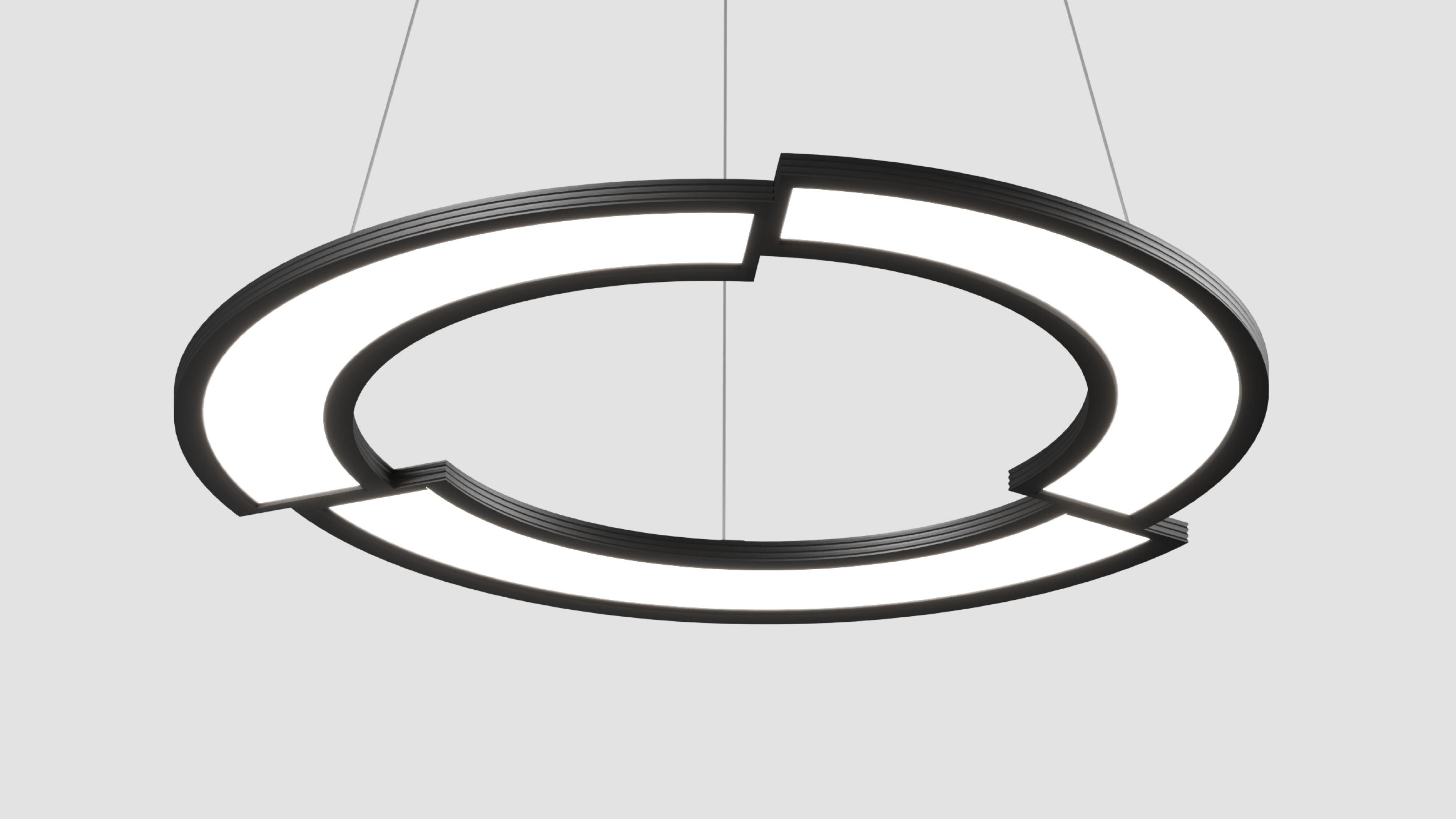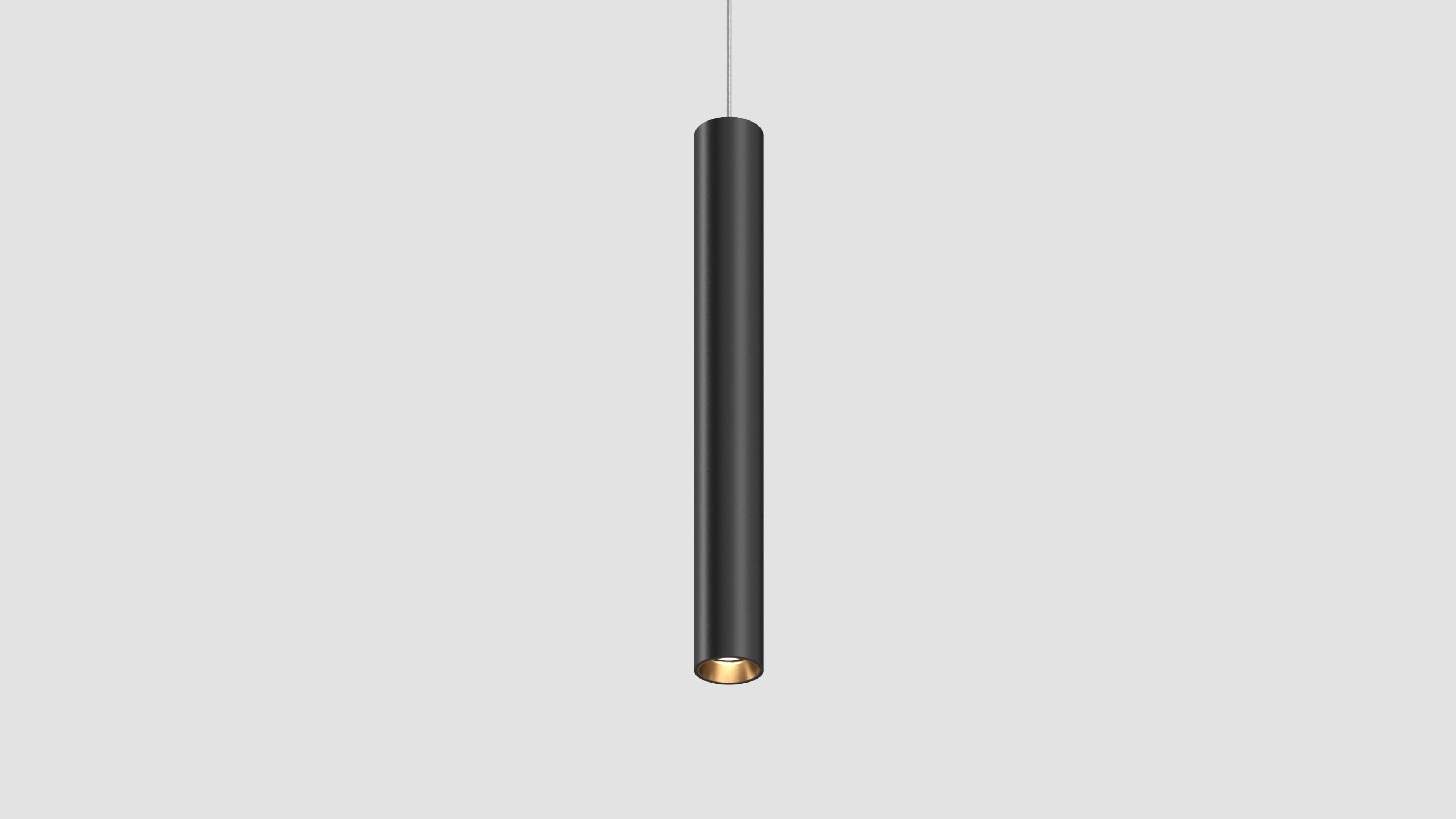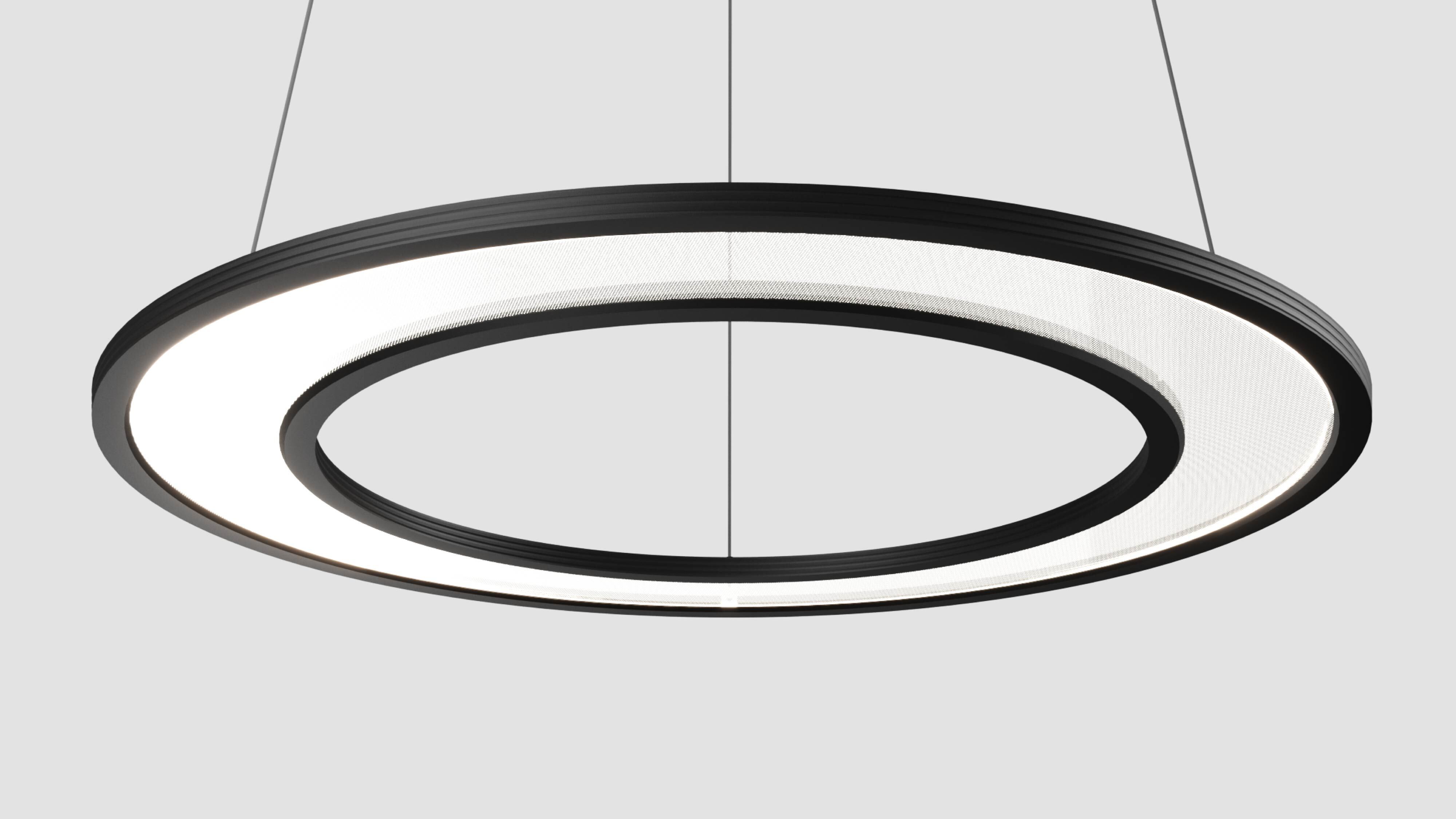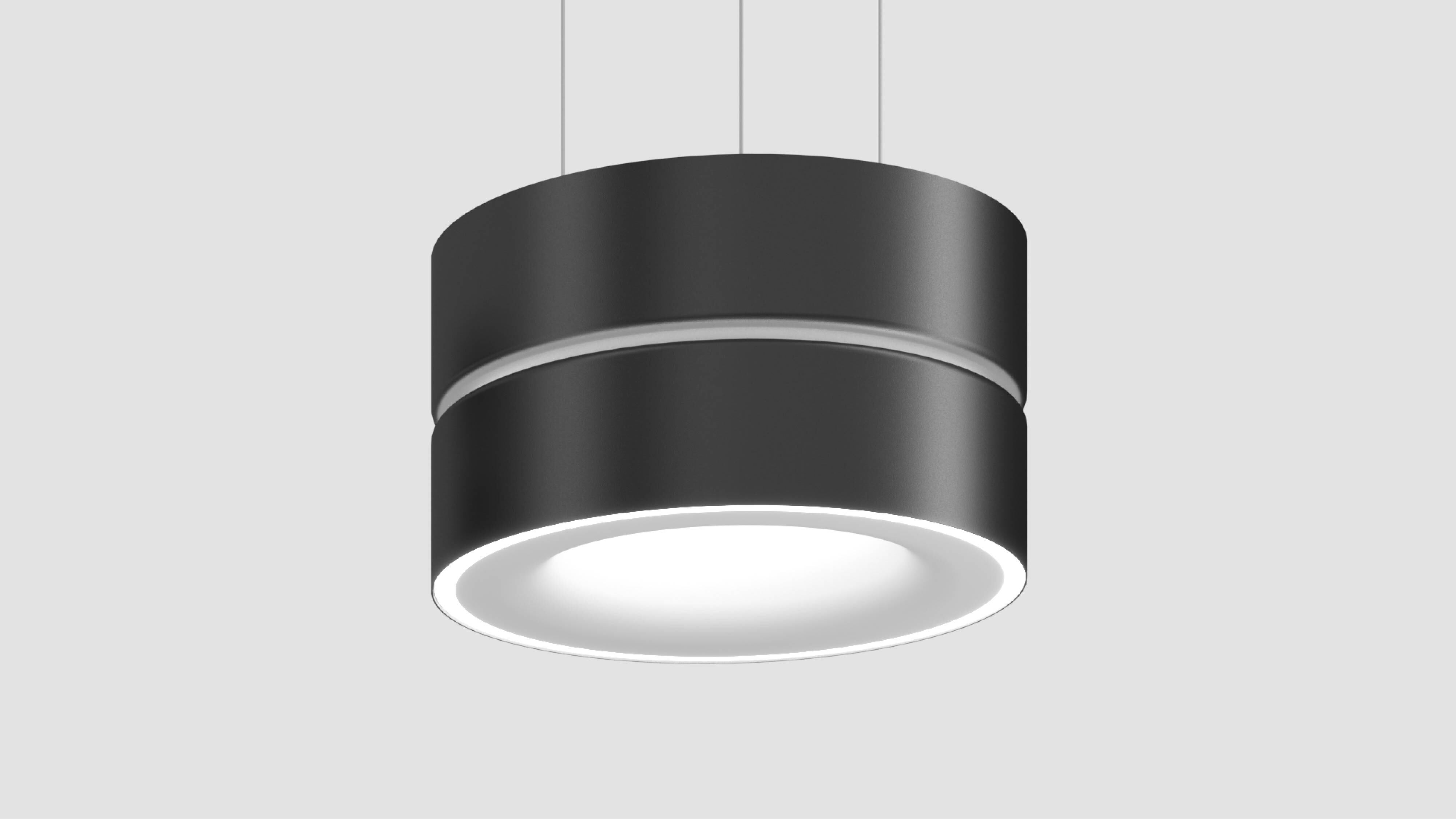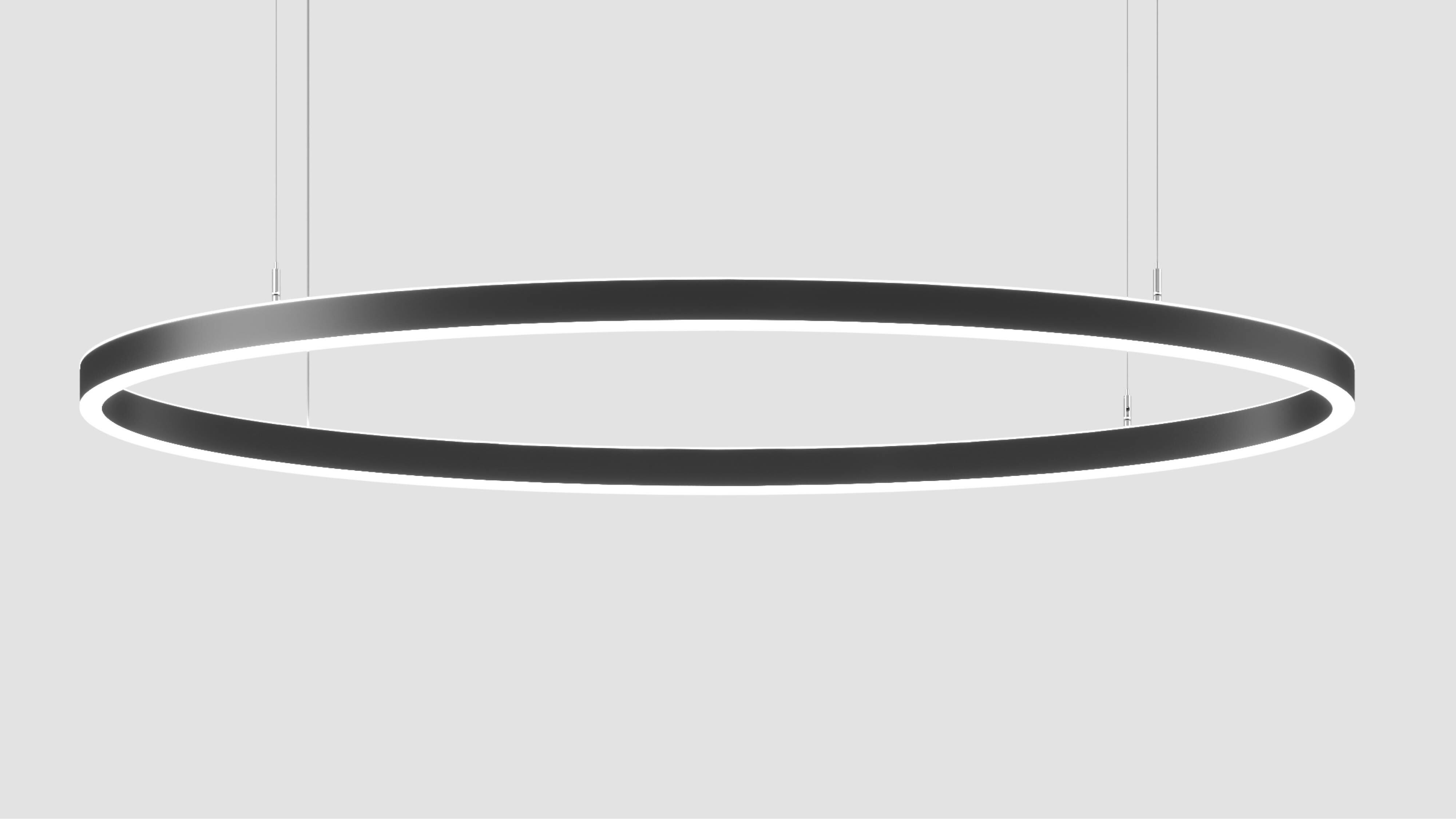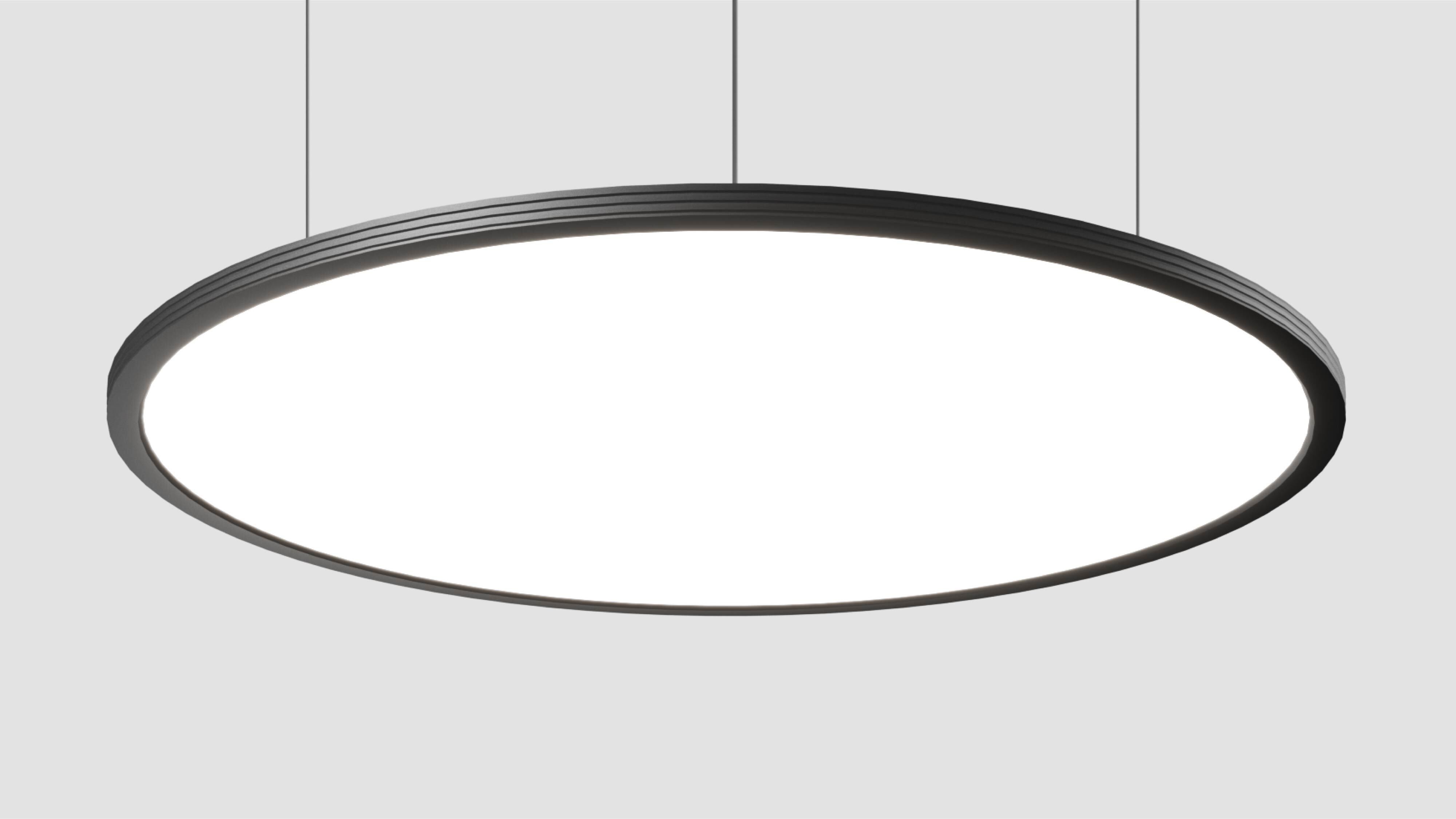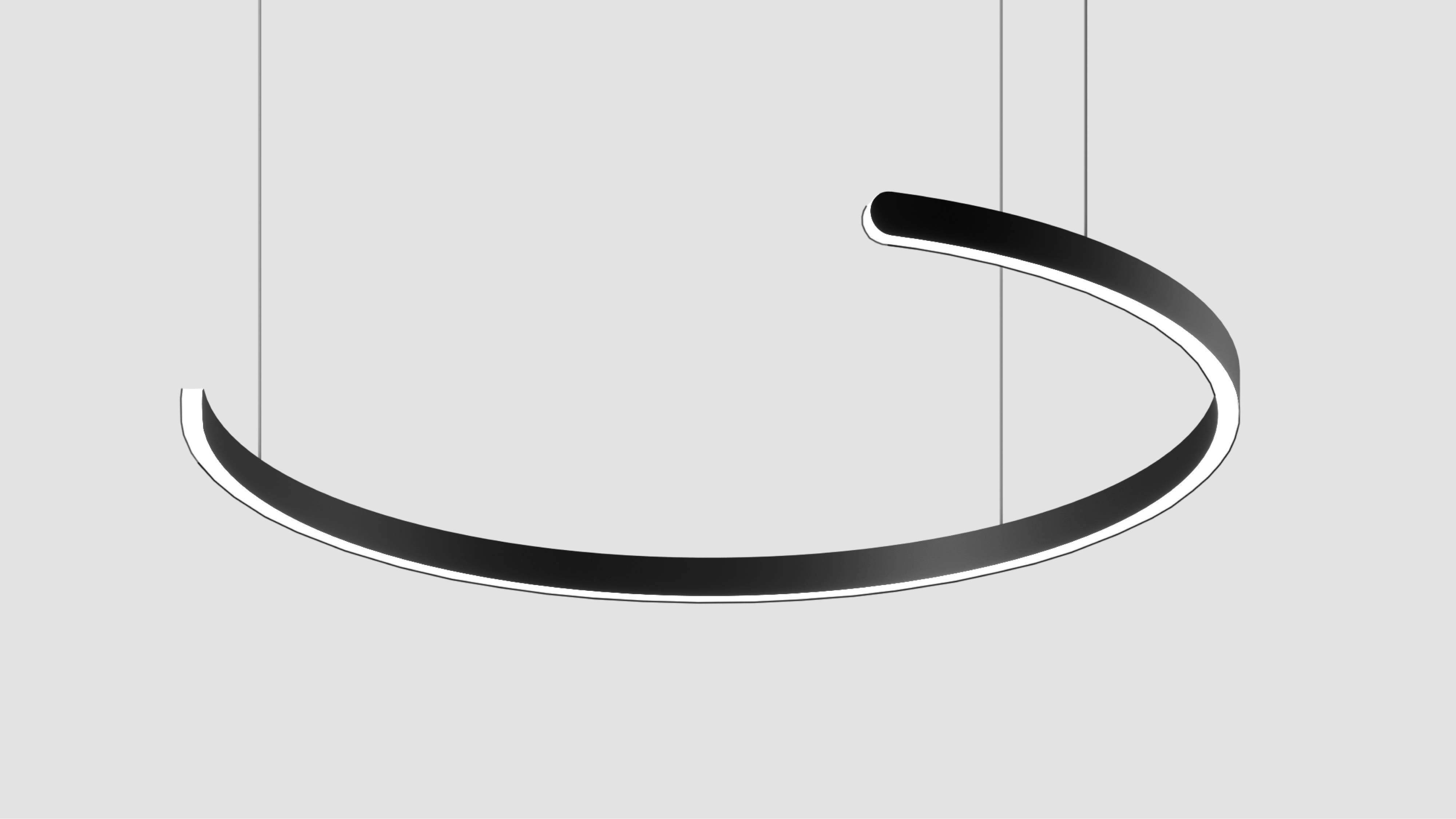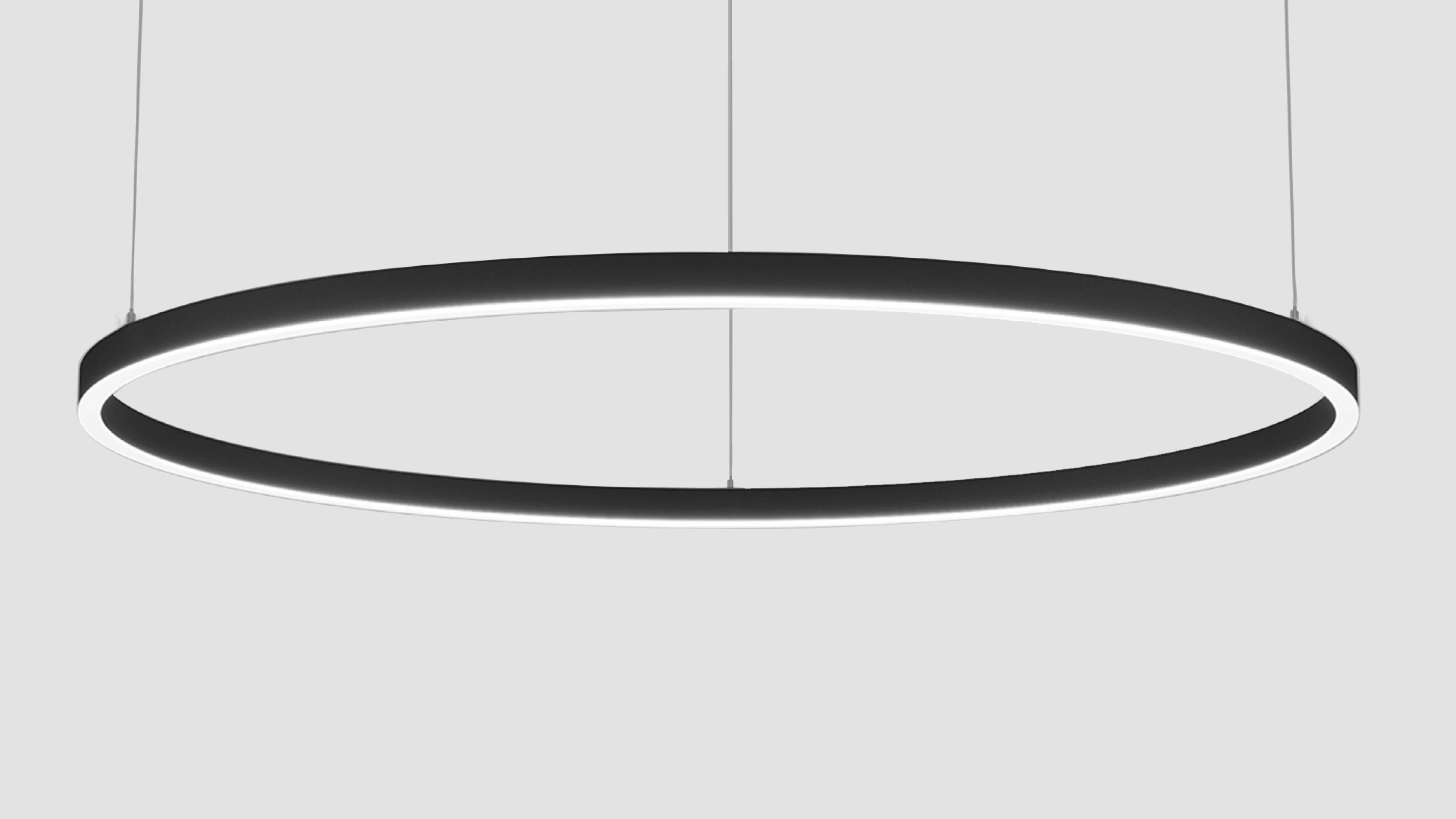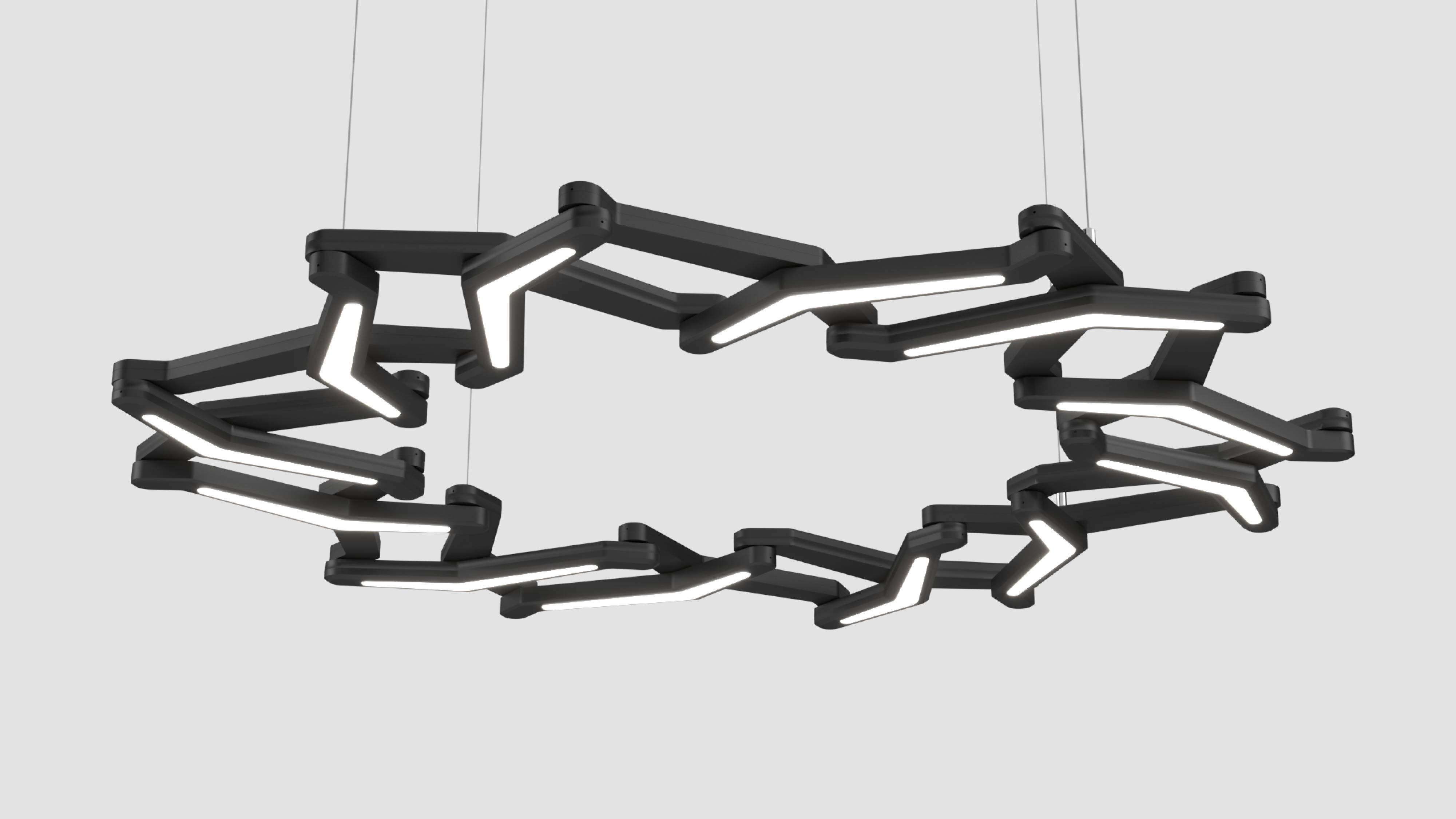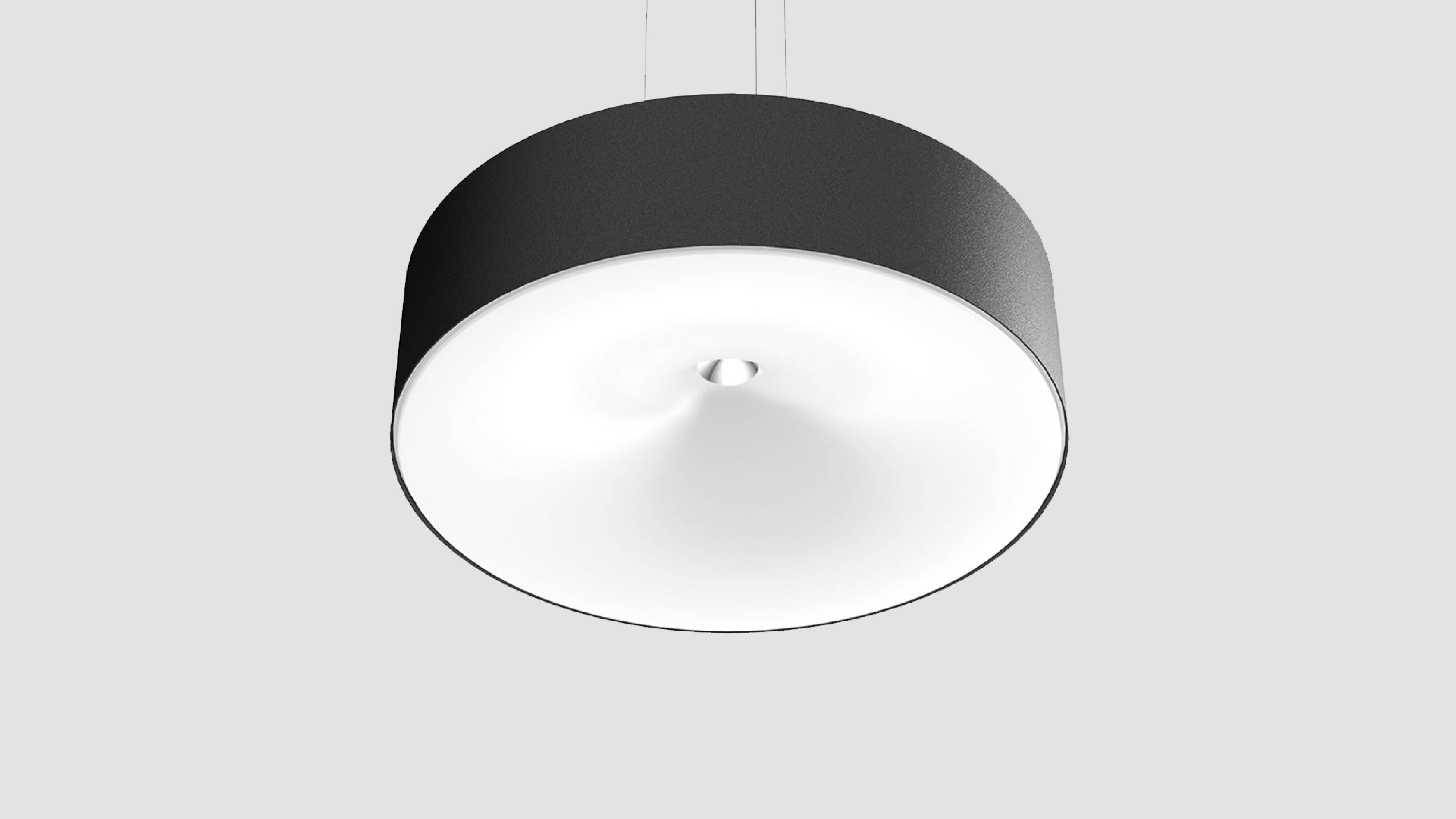Power over Suspension (PoS)
Illuminating the Future
Introduction
Modern architectural lighting demands solutions that deliver elegance. Power over Suspension (PoS) technology represents a significant advancement in suspended lighting systems, eliminating the need for separate power cables by integrating electrical conductors directly into suspension cables. This approach transforms how designers think about suspended lighting fixtures, offering flexibility while maintaining clean aesthetics.
By consolidating structural support and electrical supply into a single cable system, PoS technology opens new possibilities for creative lighting design. This whitepaper explores the fundamentals of PoS, its applications in contemporary lighting, and its potential to reshape suspended lighting installations.
What is Power over Suspension (PoS)?
Power over Suspension (PoS) is a suspension method that combines structural support and power delivery into a single engineered cable. This approach eliminates the need for separate power cords, creating a cleaner aesthetic while maintaining full structural integrity.
Each cable is manufactured with high-strength materials, such as Kevlar, alongside insulated conductors that safely transmit low-voltage DC power (12–48V). Specialized connectors at each end provide both secure load transfer and reliable electrical contact, allowing the suspension to handle the weight of fixtures as well as dynamic forces.
PoS is particularly valuable in commercial and retail environments where clean lines are essential. It supports a wide range of fixture types, from individual pendants to continuous linear systems, enabling designers to achieve floating lighting effects without visible power infrastructure.
| Feature | Power over Suspension (PoS) | Traditional Suspended Lighting with Separate Power Cable |
|---|---|---|
| Primary Function | Combines suspension and electrical transmission in a single cable. | Suspension cable (aircraft cable) plus a separate electrical wire. |
| Cable Type |
High-strength materials (e.g., Kevlar) with insulated electrical conductors. |
Two distinct cables: steel aircraft cable for support and electrical wire for power. |
| Hardware | Engineered cables with integrated conductors. Drivers (always remote) are housed in a canopy or a separate box. | Separate suspension and electrical hardware. Drivers can be integrated into the fixture or placed remotely. |
| Aesthetics | Creates a minimalist, floating appearance with no visible power cords. | Dual-cable presence is more visible and less streamlined. |
| Installation | More complex: requires routing to a remote driver or integrating within a canopy. | Simpler: aircraft cable plus power connection to a single junction box, with flexibility for integrated or remote drivers. |
Considerations for Installation (PoS vs. Traditional Suspension)
Traditional: These fixtures require only basic calculations, focusing on fixture placement and power routing with standard electrical rough-in. This allows for independent installation of fixtures.
PoS: These fixtures require more detailed load calculations, strategic driver placement, thermal management, and strong coordination between all system elements.
Traditional: Troubleshooting for mechanical and electrical issues are handled separately. Most service needs are addressed at the junction box or at mounting points for mechanical issues, allowing replacements on a part-by-part basis.
PoS: Requires skilled technicians with both mechanical and electrical expertise to access remotely located drivers and perform repairs.
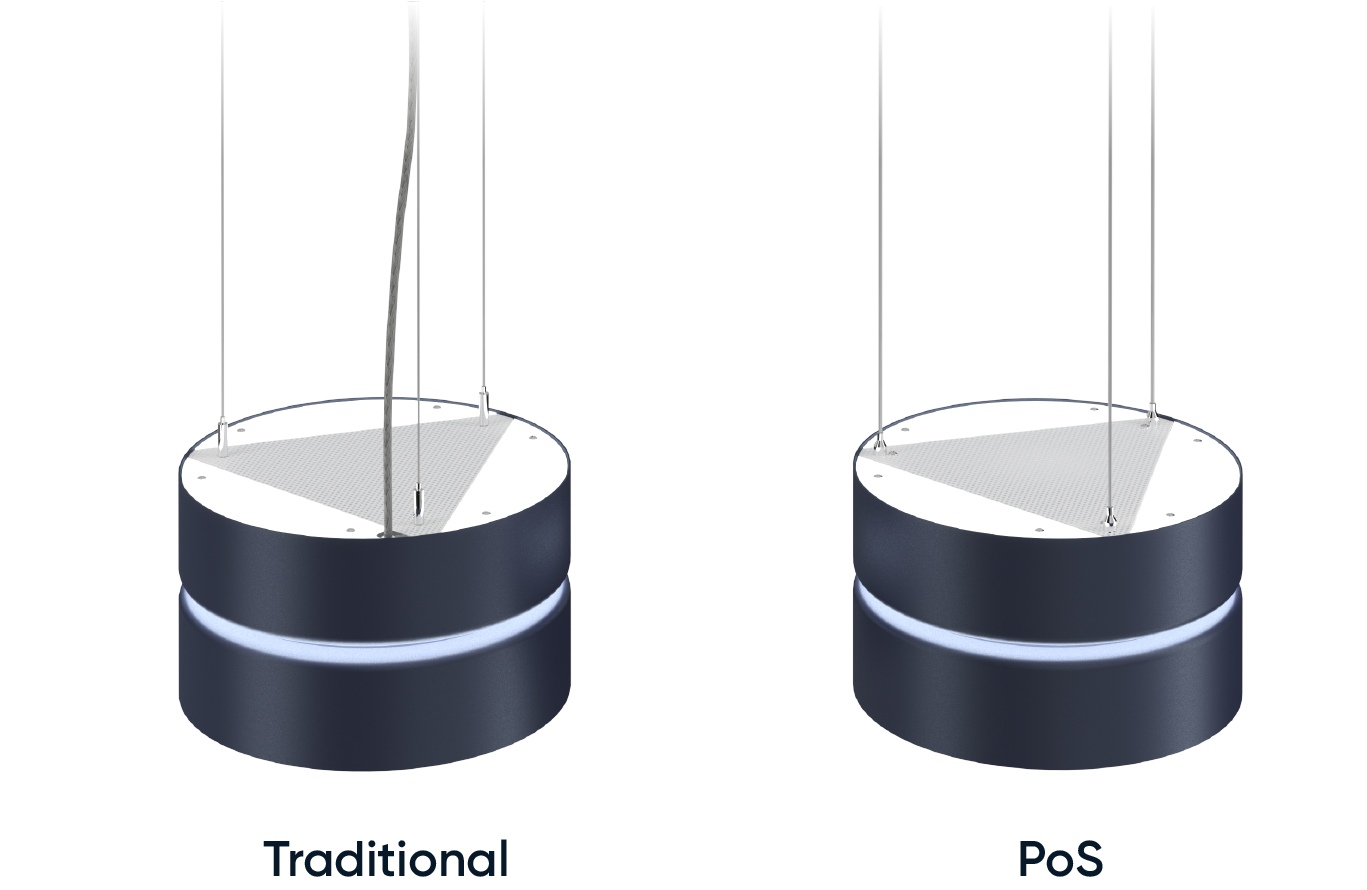
Traditional: These fixtures require only basic calculations, focusing on fixture placement and power routing with standard electrical rough-in. This allows for independent installation of fixtures.
PoS: These fixtures require more detailed load calculations, strategic driver placement, thermal management, and strong coordination between all system elements.
Traditional: Troubleshooting for mechanical and electrical issues are handled separately. Most service needs are addressed at the junction box or at mounting points for mechanical issues, allowing replacements on a part-by-part basis.
PoS: Requires skilled technicians with both mechanical and electrical expertise to access remotely located drivers and perform repairs.

Conclusion
Power over Suspension technology offers more than aesthetic refinement. It represents a practical evolution in suspended lighting. By combining structural support and power delivery into a single system, PoS reduces visual clutter while enabling more flexible fixture placement.
Beyond aesthetics, PoS improves safety, supports adaptable layouts, and simplifies long-term maintenance. As the technology advances, these benefits will continue to expand, making PoS an increasingly relevant choice for specifiers seeking efficient and visually cohesive lighting solutions.
